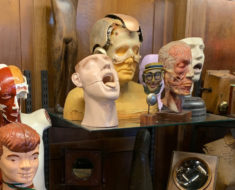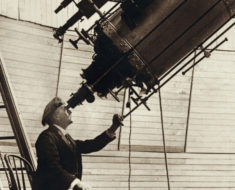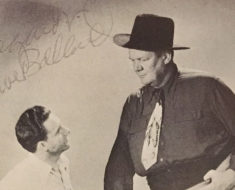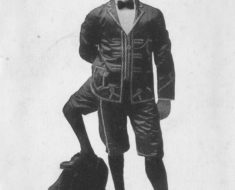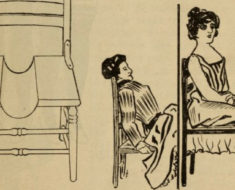Sword swallowers have been making people wonder and wince for thousands of years. But they’ve only had their own holiday for the last ten.
World Sword Swallower’s Day was launched in 2007 by Sword Swallowers Association International founder and president, Dan Meyer, in partnership with Ripley’s Believe It Or Not!
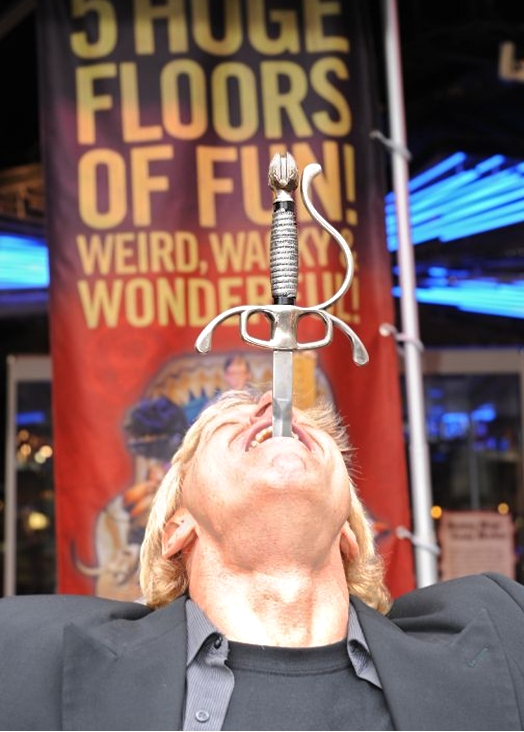
Dan Meyer, sword swallower.
It was established “to honor and celebrate the courageous performers who risk their lives to entertain audiences and to promote this ancient art still carried on by a few dozen daring performers,” Meyer explains.
“Ripley’s and sword swallowing have gone hand in hand since the very first Ripley’s Odditorium at the 1933 Chicago World’s Fair, and, here at Ripley’s, we like to stay true to our Robert roots,” says Sabrina Sieck, Lead Researcher at Ripley Entertainment Inc.
During last year’s event, fifty-five sword swallowers gulped a total of 145 swords at Ripley’s museums around the U.S. This February 25, sixty performers are expected to swallow steel. Down the hatch without a scratch, as many like to say.
If it all sounds too hard to believe, you’re not alone. Spectator doubt has long plagued sword swallowers.
“Some people think we swallow a rubber sheath first, and put the blade in that,” says Meyer. “But that makes no sense. How would you walk and talk?”
Meyer, who swallowed a car axle at the Panama City Ripley’s Odditorium last year and in 2013 dragged a small vehicle attached to a sword in his throat confronts it in every show. Once he stabs the point into the floor, he has the audience’s full belief. Giant hedge clippers and a 15-inch straight razor with no handle also help prove the point.
“The art of sword swallowing isn’t to be taken lightly,” Sieck says. “Each step must be precise and the performer’s mental state has to be in the right place. Combining both physical and mental disciplines perfectly every time is what makes sword swallowing so extremely difficult, so extremely dangerous, and so extremely unbelievable. It’s truly death defying!”
Not only are sword swallowers defying death, but their talents have been used to promote health.
“Most people don’t appreciate the risks and dangers involved in sword swallowing, or the contributions sword swallowers have made in the fields of science and medicine over the past 150 years.” Meyer explains.
For example, in 1868, a sword swallower was used by Dr. Adolf Kussmaul in Freiburg Germany to help develop the first rigid endoscope. In 1906 a sword swallower underwent the first esophageal electrocardiogram in Wales.
Prior to establishing World Sword Swallower’s Day, Meyer worked with British radiologist Brian Witcombe on a report they co-authored, “Sword Swallowing and Its Side Effects,” which was published in the prestigious British Medical Journal in 2006.
Their work went on to win a 2007 Ig Nobel prize at Harvard University—an honor that goes to unusual but thought-provoking research.
To find out more about sword swallowing, visit the Sword Swallowers Association International website or stop by a Ripley’s this Saturday.

